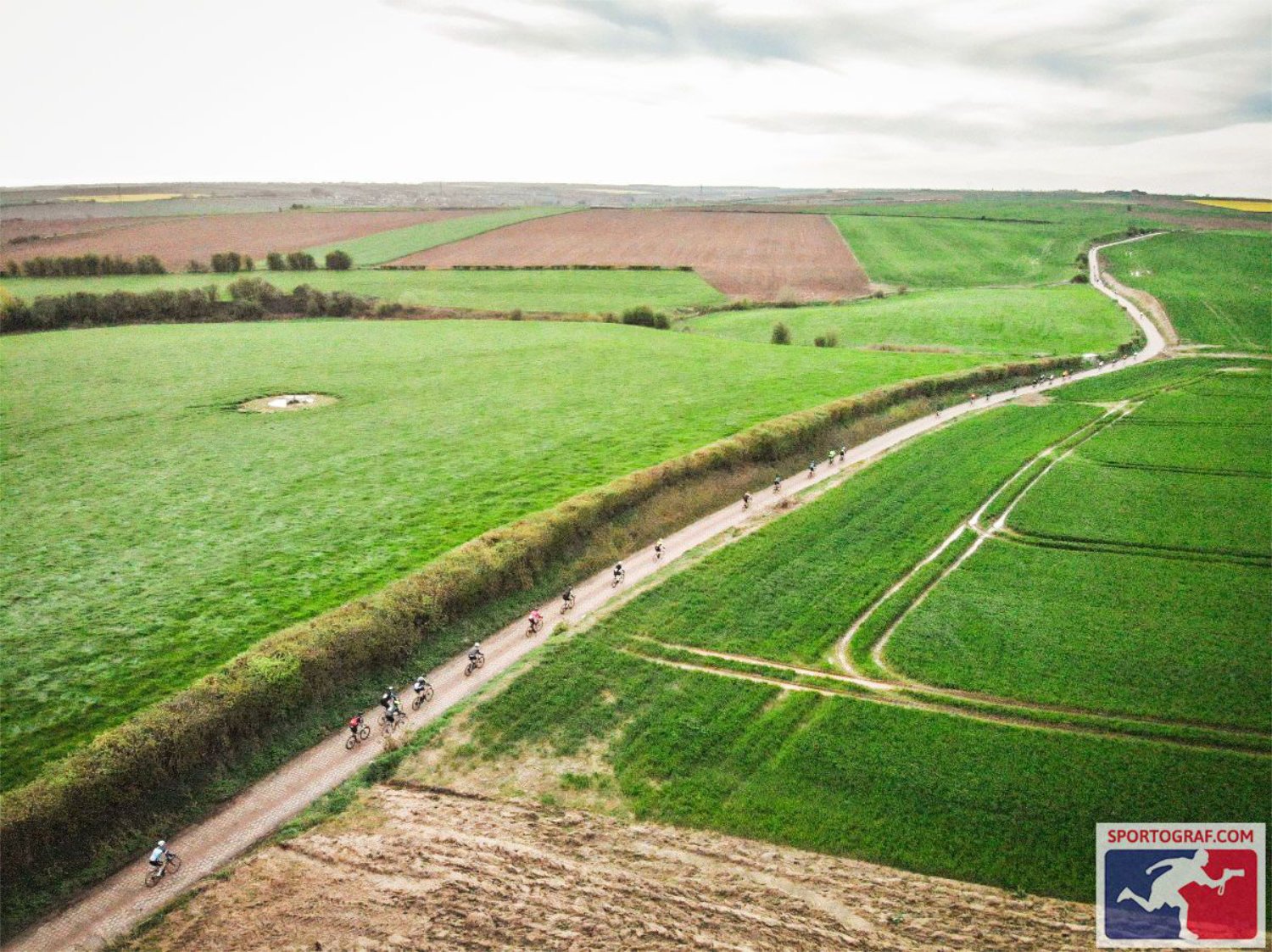145km Cobbled heaven
Le Troueé d'Arenberg
Ride Overview
It’s a race-route full of romance, passion and babies’ heads. Call it what you will; ‘The Hell of the North’ (L’Enfer du Nord), ‘The Easter Race’ (La Pascale), or just the Paris-Roubaix, it is a race route which is revered, feared and loved, usually in equal measure. Riding the same route as the pros - albeit a more practical (it starts and ends in the same place) and shorter distance (145km rather than 250km) it still presents an exquisite challenge of 19 cobbled secteurs including all of the hardest. It’s a route which can be ridden at any time of year, although to be part of the special atmosphere of race weekend, you might consider entering the superbly organised sportive which is ridden on the same day as the women’s race. Doing so allows you to watch the men race the next day - a unique spectacle in its own right.
To read my account of what it’s like to ride the route, click here




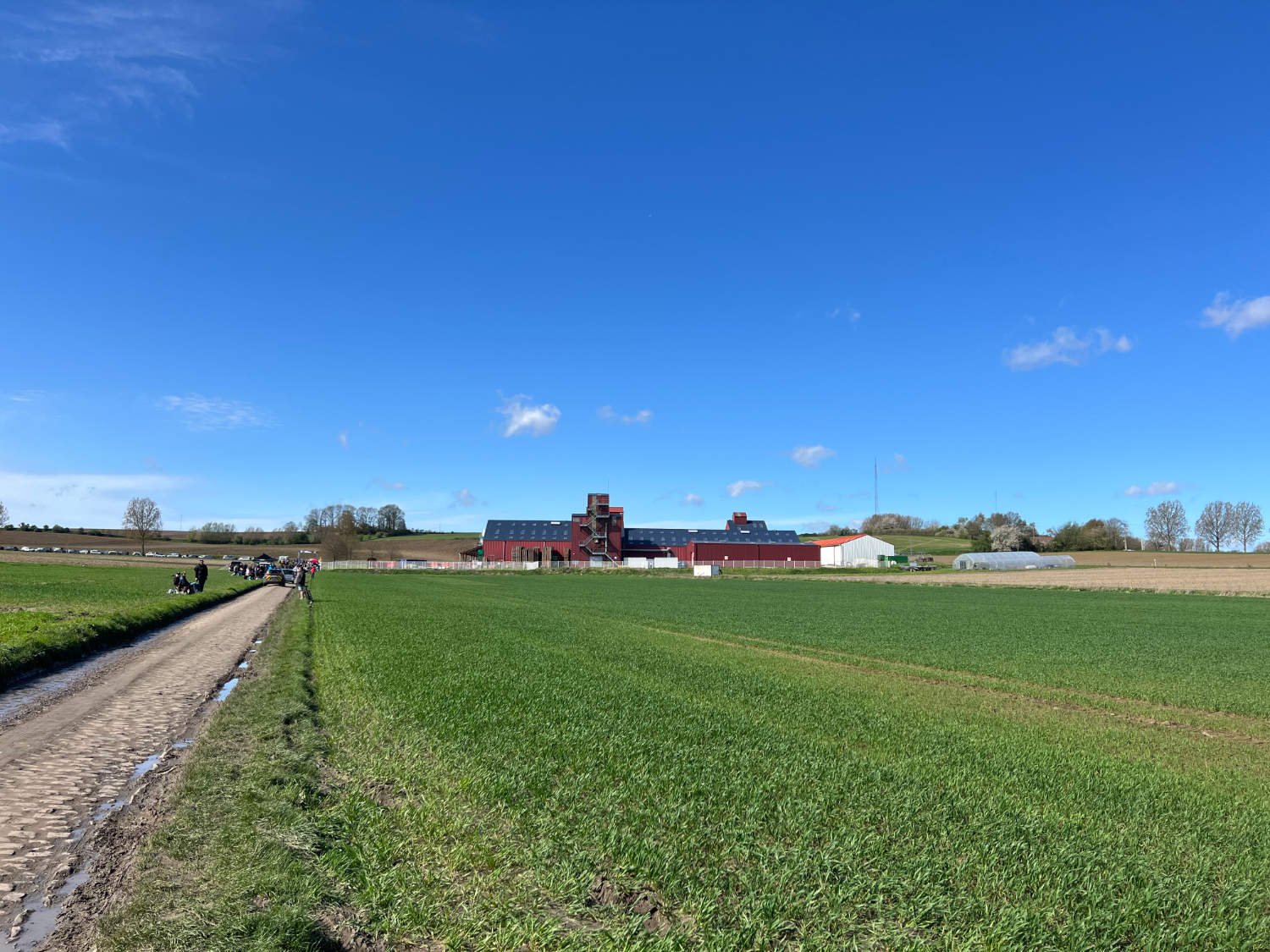
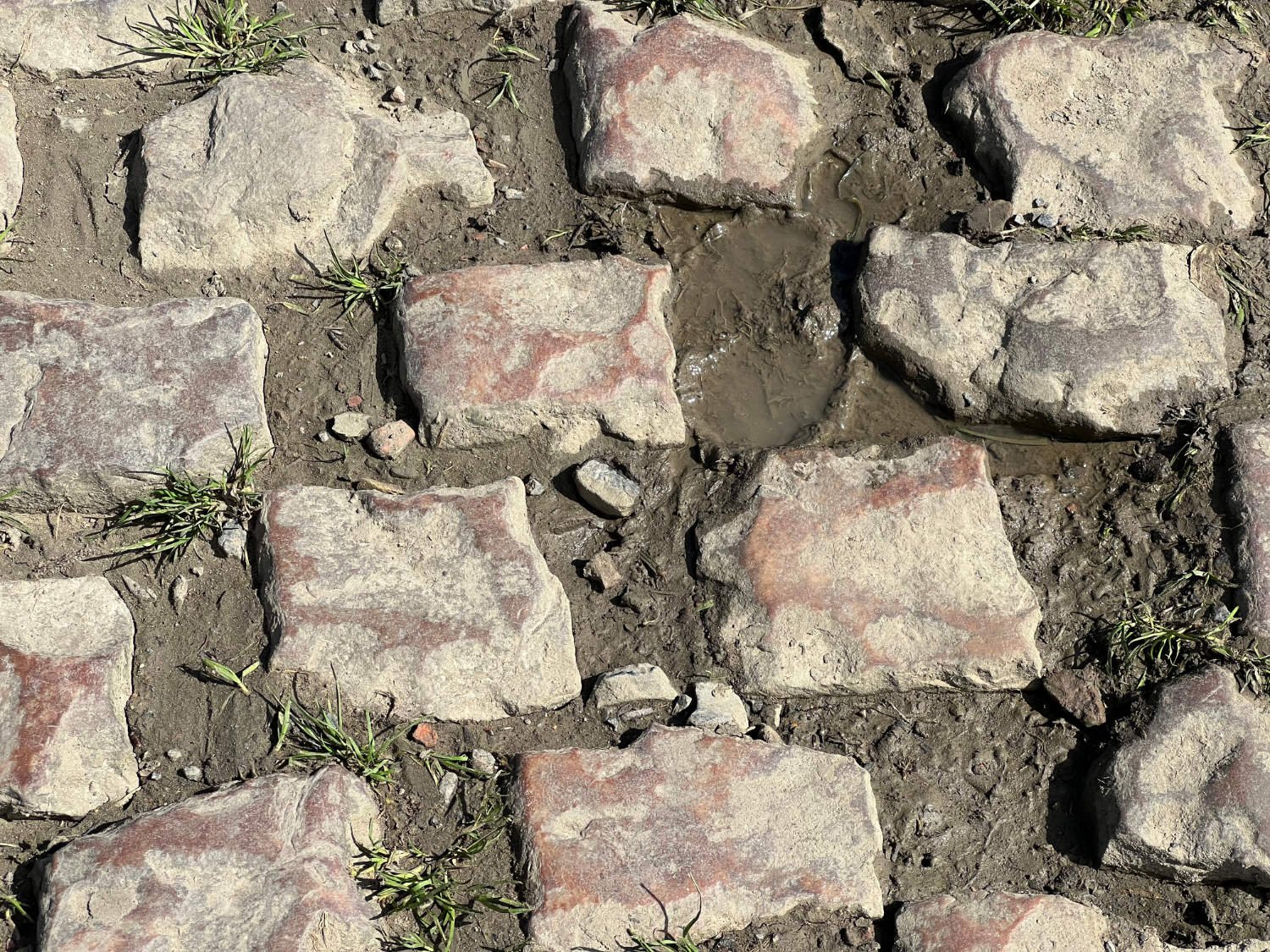
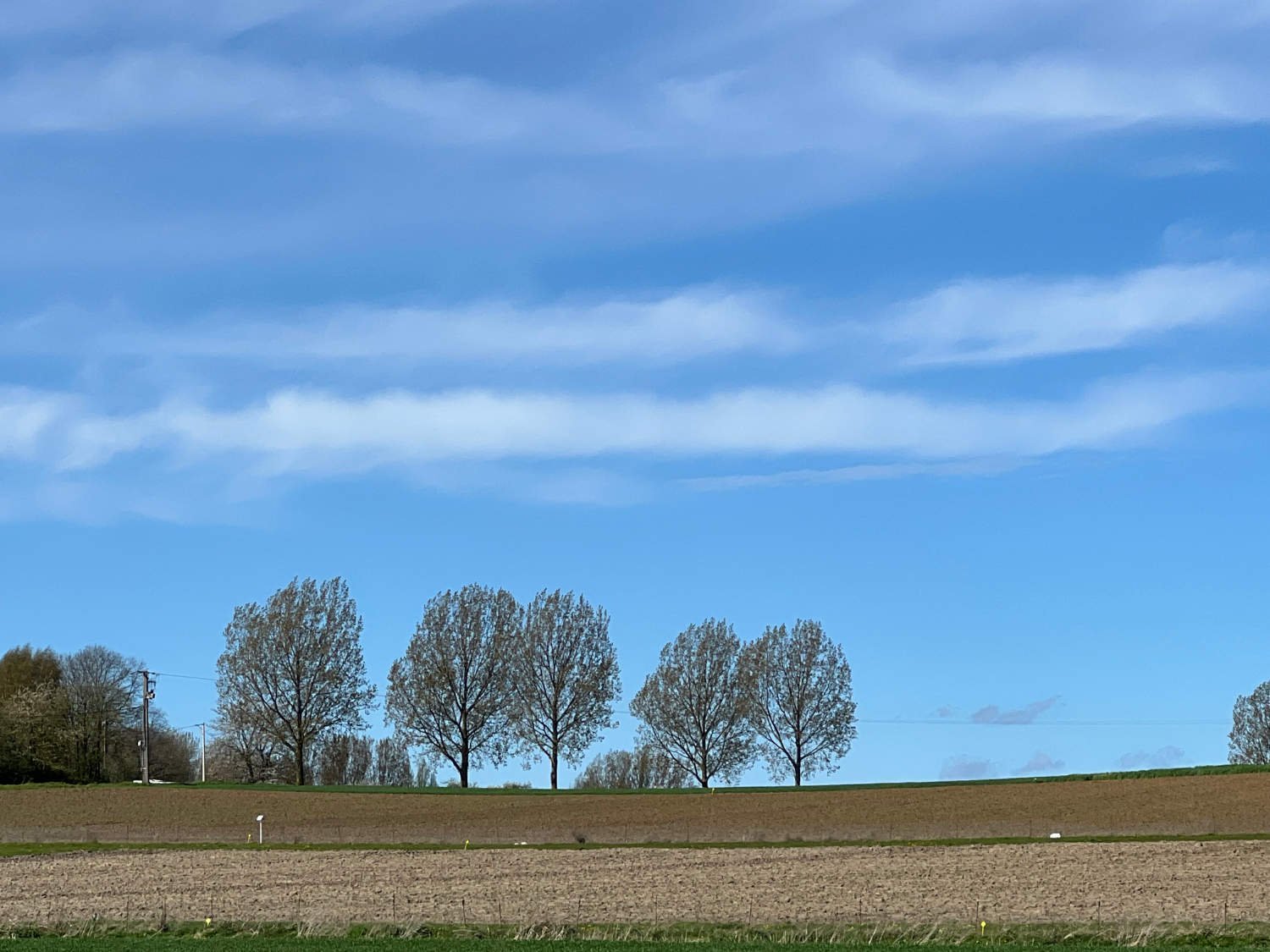
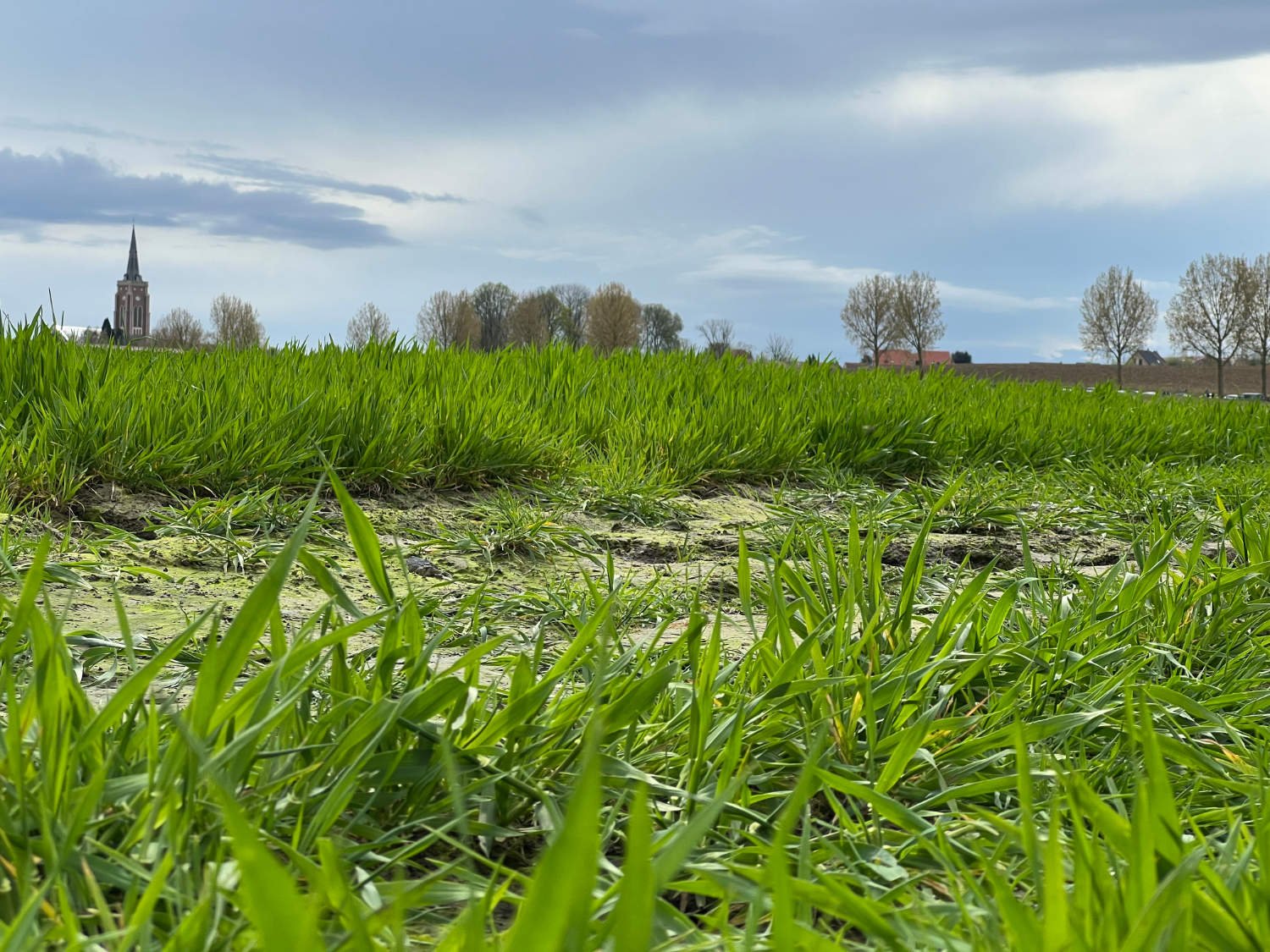
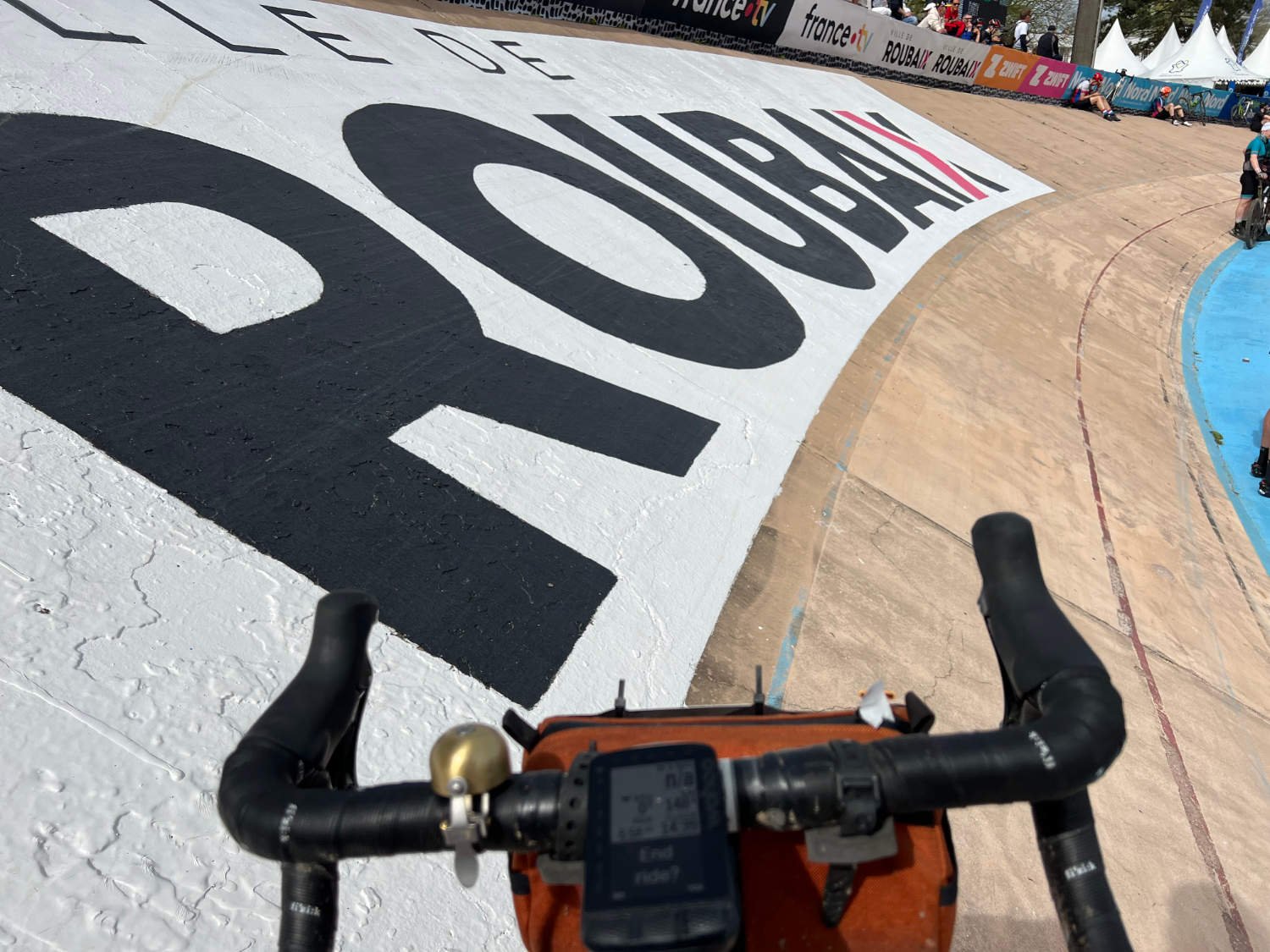
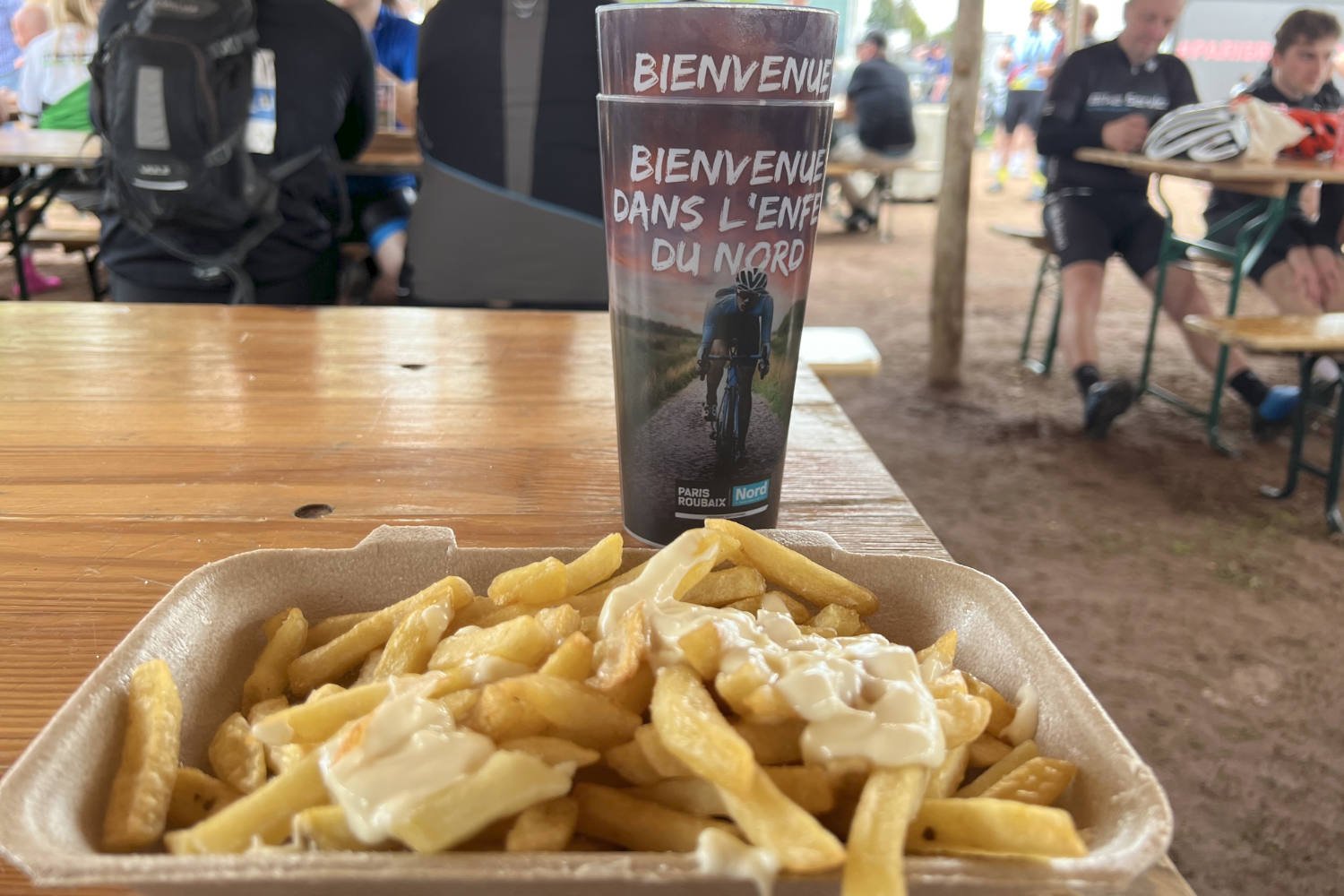


Ride Practicalities
START/FINISH: Roubaix, France DISTANCE: 148km TOTAL ASCENT: 665m TERRAIN AND SURFACES: 19 ‘secteurs’ of cobbled tracks, each graded in difficulty from 1 - 5 stars. A good ride for a gravel, or road bike with at least 30mm tyres RECOMMENDED CAFÈS/PUBS: L'Auberge de l'Arbre NEARBY MAINLINE TRAIN SERVICES: Roubaix (3.5 hours average travel time by Eurostar to Lille and local train to Roubaix). ACCOMODATION: Hotels in Roubaix around Easter weekend can be phenomenally expensive (€1250 per night was one listing). A cheaper option is stay on the outskirts of Lille - the Ibis styles at Marcq-en-Baroeul offer rooms from €85. It’s an easy 10km ride to the velodrome from there.
The cobbles make this a ride for a more experienced rider
Ride Notes
If you are riding the sportive, everything is very straightforward and taken care of. You’ll be fed along the way, the signage is excellent and providing you finish before the elite women, (who are properly racing for honour and glory behind you), you’ll have the opportunity to ride around the famous velodrome. The route(s) are open all year, but not the velodrome. Whilst the 145km route is not the full length, it is the most practical and with 19 cobbled secteurs there is more than enough adventure for most riders.
The calm
Leaving Roubaix, the 145km route follows quiet roads into the flat countryside of North East France. Everything is tidy, gardens, fields, even the woods seem ordered. A cycle lane is marked on both sides of the roads. Villages pass, there’s the odd café along the route and the first 50km pass in pleasant tranquility
Troueé d'Arenberg
All order and tranquility are quickly dispensed with once you arrive at the Troueé d'Arenberg. As you turn off the road, you see ahead a long, narrow straight of 2.3km of cobbles, cutting through the forest of Saint-Amand-Wallers. Tradition states that the cobbles were laid during the rule of Napoleon I in the late 18th century. All cobbled sections - known as secteurs - are graded one to five, with five being the hardest. The Troueé is grade five. The stones are rough and poorly cut, the gaps between them, wide and and the ‘road’ shelves steeply into mud on either side. Other than that it’s a fine surface.
Cobbles, wheels and legs of Paris-Roubaix
So how to ride the cobbles? A gravel bike with at least 30mm tyres is recommended. Some opt to put a second layer of gel-filled bar tape on their handlebars. Gelled mitts are good. Avoid gripping the bars too tightly. Ride on the central crown of the road. Ride as hard and as fast as your fitness allows - this is interval riding like no other. Concentrate keenly. Prepare to be jolted, shaken, and rattled. Prepare to be sore and very tired at the end. And learn to love the ride - it’s a unique and delightful challenge.
After the ‘trench’ there’s 5km of road riding through the forest, before the lumps and bumps begin again on a three star secteur, Wallers à Héllesmes. Soon after, you arrive at Hornaing à Wandignies, a four star section, and longest of all secteurs. On this section, you ride through the remains of Pont Gibus bridge, one of the most photographed parts of the route.
The moniker most used to describe the race route is ‘The Hell of the North’. This has nothing to do with the challenge presented by the cobbles. In 1919, after the Armistice had been signed, Victor Breyer and Eugène Christophe were charged with seeing if it were possible to return the race to the calendar. In his report, Breyer wrote, “Shell-holes one after the other, with no gaps, outlines of trenches, barbed wire cut into one thousand pieces; unexploded shells on the roadside, here and there, graves. Crosses bearing a jaunty tricolour are the only light relief”. Christophe added, “The countryside was nothing but desolation. The shattered trees looked vaguely like skeletons, the paths had collapsed…..the houses of villages were no more than bare walls. At their foot, heaps of rubble. Here, this really is the hell of the North."
There are many secteurs ahead, including two graded as five stars. The first, Mons-en-Pévèle, ‘the mound of stones’ is the highest part of the route at just over 100m It’s a severe secteur due to both its 3km length and it being one of the most exposed of all the secteurs. The wind here usually adds to the challenge.
A couple of relatively ‘easy’ secteurs follow, before the final crescendo. Templeuve l’Epinette is rated as one star, Templeuve Moulin-de-Vertain is two starred, Cysoing à Bourghelles three, as is Bourghelles à Wannehai. Camphin-en-Pévèle is four and then the mother of them all, the five star Carrefour de l’Arbre. Whilst you may not be in the mood for history at this point, the area is where the medieval English monarchs claim to the throne of France was finally defeated at the Battle of Bouvines and France after 100 years or so of fighting the English became united under Philippe II. The cobbles here are rough, there’s a false flat and a couple of ninety degree corners filled with gravel.
What remains are two more two star secteurs and a short (600m) one star stretch just before the stadium in which are set plaques with the names of each winner of the race.
If you’re riding the sportive, (and you are at least an hour ahead of the pro-women who are at bearing down upon you in their own race for glory), the entry into the Le Vélodrome André-Pétrieux is a thrill, not least because it is perhaps the most famous velodrome of all. The banking is your final challenge - it is steep, but your tyres and your balance should hold and you’ll freewheel happily to the finish line. If you’re here on any other day, you’ll have to content yourself with a peep through the barred gates. Either way, your body will be shouting for re-supplies. The region is famous for its beer (and chips) and there’s no shortage of local cafés happy to fill a glass or two for you.
Le Vélodrome André-Pétrieux
Every route on this website has been carefully researched as well as ridden. However situations on the ground can change quickly. If you know of changes to this route, or cafes, pubs and the like which you think other cyclists need to know about, feel free to share your thoughts below.
If you enjoyed this guide, why not subscribe to the website so as not to miss other inspirational routes?
wheremywheelsgo.uk is a Feedspot UK Cycling top website





